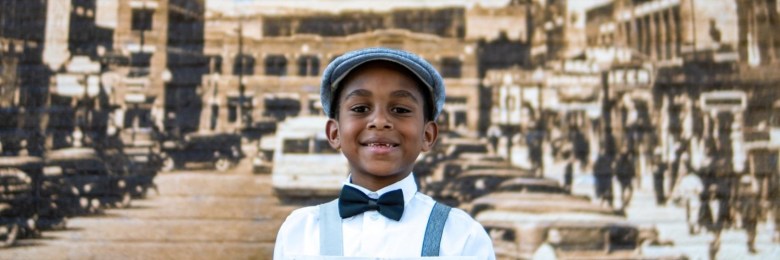Across the United States, grassroots initiatives spearheaded by Black developers, community organizations, local Black residents, and local leaders are catalyzing urban revitalization in historically Black locales facing systemic disinvestment. Black communities play a crucial role in the social fabric of today’s society, fostering resilience, cultural richness, and collective empowerment. The significance of Black communities lies in their historical resilience against systemic challenges, creating spaces for cultural expression, unity, and identity affirmation.
According to NCBI, “Black history is beautifully moving because it is the story of triumph over adversity, determination in the face of uncertainty, and courage and conviction standing down hate and violence. To be Black in the U.S. is to know the struggle. It is to fight against structural inequities and indignity. It may be that this constant striving for equity makes Black people all the more committed to the ideals of justice, freedom, and equity for everyone.”
Today, these communities are experiencing a resurgence, driven by a growing awareness of the importance of diverse voices and perspectives. The opportunities available within Black communities contribute to societal progress, challenge stereotypes, and foster inclusivity. As these communities grow, they inspire positive change, promoting equity and justice while enriching the broader cultural landscape with their unique contributions and experiences.
Historic West Las Vegas (Las Vegas, NV)
This historically black area was a thriving stretch of black-owned businesses during segregation. The Las Vegas Ward 5 Chamber of Commerce supports neighborhood revitalization with projects like a cultural corridor and entrepreneur incubator to uplift Black business and heritage.
Rondo Neighborhood (St. Paul, MN)
Once a bustling black cultural hub razed by a freeway project in the 1960s, the Rondo Community Land Trust now develops affordable housing to bring back former residents alongside the new Rondo Commemorative Plaza honoring the area’s history.
Sugar Hill District (Harlem, NYC)
This iconic neighborhood birthed the Harlem Renaissance but later suffered blight. Broadway Housing Communities and local partners are redeveloping the area into a mixed-income, mixed-use site with a museum celebrating Black culture and civil rights activism.
Historic Hill District (Pittsburgh, PA)
Jazz legends like Billy Strayhorn called this enclave home before urban renewal decimated housing. The Hill CDC now leads revitalization focusing on green affordable and senior housing, plus youth arts initiatives to restore cultural pride.
Essex Street Market (Newark, NJ)
La Marqueta inspired this public market revamp in Newark’s Central Ward to boost local small businesses and community wealth. Spearheaded by RBH Group, a black-owned developer, it will drive equitable growth around nearby cultural attractions.
Central Area Neighborhood (Seattle, WA)
Vulnerable to displacement from rapid growth nearby, community groups crafted an “Africatown” urban village to anchor housing, an incubator, and a public space celebrating the area’s long black history. This region is thriving with Black culture and influences.
Hillman City (Seattle, WA)
Led by the Africatown land trust and Center for Ethical Development, the Union Street Build program trains people of color in construction to lead green affordable housing projects strengthening cultural and economic resilience.
Bronzeville (Chicago, IL)
Consumer financial firm Greenwood placed its corporate HQ here (the site of Chicago’s first black-owned bank) alongside the Bronzeville Community Development Partnership’s incubator for minority entrepreneurs.
Smoketown & Shelby Park (Louisville, KY)
Needs-based projects like the Louisville Urban League’s Sports and Learning Complex, a YMCA, and affordable housing in these historic areas counteract racial segregation’s health impacts with green space, services, and opportunity.
Preparing for the Future
The impacts resonate widely, uplifting neighborhood health and heritage. For historically marginalized areas, it means reversing unequal infrastructure burdens by training residents in solar installation or water management. For longtime homeowners, it means forming alliances to block property tax hikes that spur displacement. For struggling main streets, it means incubating a local clean energy workforce and mobility ecosystem that opens job access.
Above all, this wave of development prizes community prioritization over standard profits. Though national investments in equitable urban policy are vital, it is Black-community-anchored projects leading the way in making visible a new paradigm. One where investments not only fill capital gaps but affirm the power, expertise, and self-determination of Black spaces nationwide.

